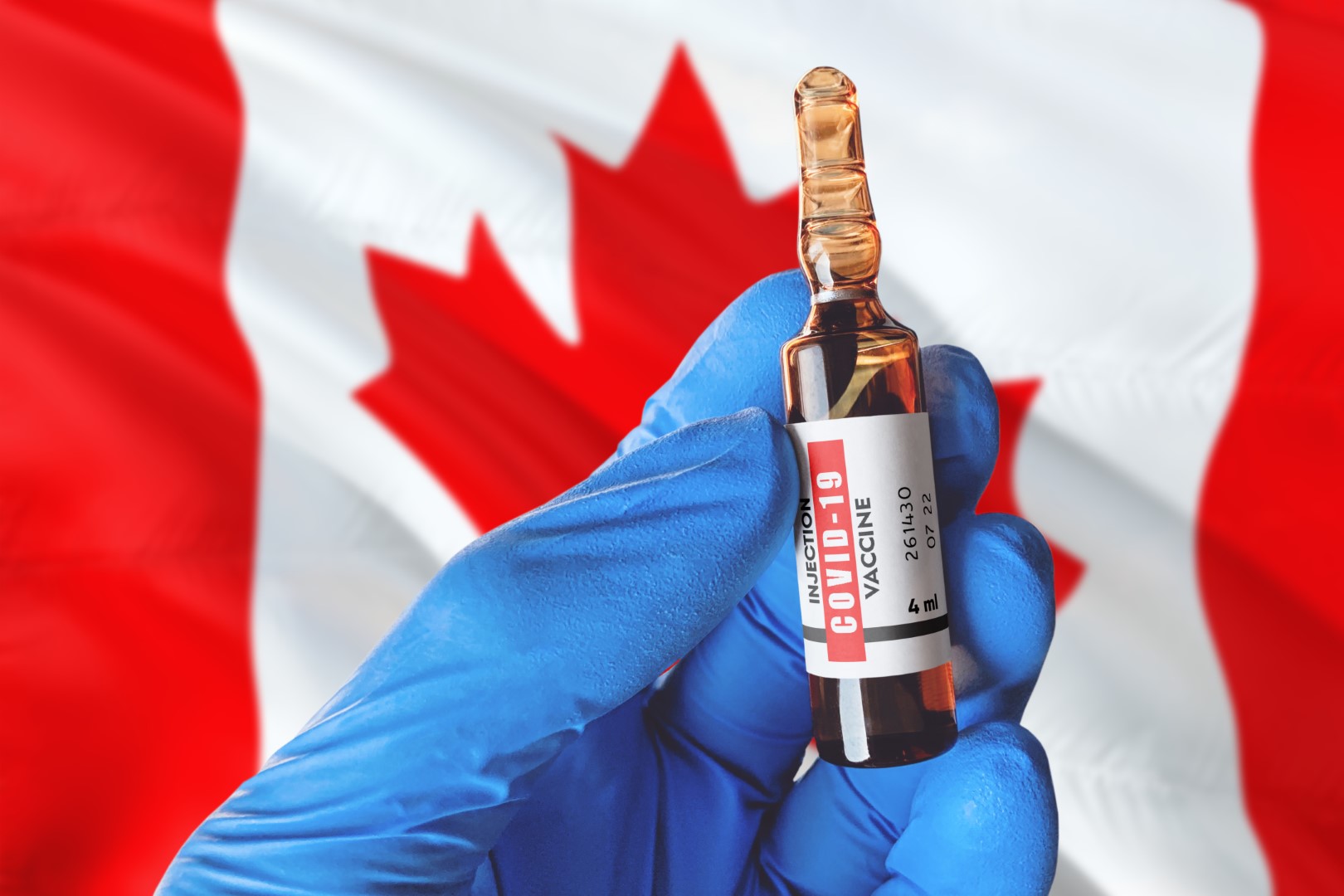
The future of marijuana in Canada
By Chandler Walter, Humour Editor
Of the many election promises Justin Trudeau made during his marathon campaign, there was one in particular that struck a chord with some Vancouverites.
The legalization of marijuana was a staple in the Liberal platform, and the Liberal Party website states: “To ensure that we keep marijuana out of the hands of children, and the profits out of the hands of criminals, we will legalize, regulate, and restrict access to marijuana.”
Justin Kokoszka, a third year physical geography student at Simon Fraser University, believes the promise to be a good thing for Canadians as it will increase tax revenue. From a social stand point, however, Kokoszka doesn’t think it will have much effect on Vancouverites: “I think the novelty of it might increase, and the visible use of it, but it’s pretty easy to get regardless.”
This is in part due to the number of medical marijuana dispensaries around Vancouver, and the city’s overall philosophy on the subject. Vancouver is home to Mark Emery’s Cannabis Culture Headquarters, which features a head shop downstairs and a vapour lounge in the two upper floors, where Megan McRae works as a photographer and “Stoner Advisor.”
“I think it would be very smart to open up lounges like this all over the world,” McRae said during an interview in the second floor of Cannabis Culture’s lounge. “You’re getting [workers] who are experienced with people that are over consuming. You get people who are excited; they green out. We know how to deal with that.”
McRae explained that the lounge existed legally due to the city of Vancouver’s leniency towards marijuana, and went on to express concern in Prime Minister Justin Trudeau’s promise of legalization: “I just hope he lives up to his promises, and I really want to get the message out there that any activist that really believes in this should get their voices heard.”
What regulation would look like once in place is still to be determined, and Mark Haden, an Adjunct Professor at UBC’s School of Population and Public Health, explained that there are two sides to that spectrum.
He said that when looking at how marijuana is regulated in the United States, it is something of a mixed bag. “Some of it is more commercial, some is more public health regulation. If I had to draw that as a continuum, public health on one end and commercial on the other, I would say that the American model is more on the commercial end.”
The difference between the two, Haden said, has to do with how the products and storefronts are displayed. He said that in the public health model, “you get products that are named, graded, and categorized by scientists. You don’t have Hindu Kush or Blueberry, what you have is strain one, two, three, four, or five, and then they terpene profile the CBD (Cannabidiol) and the THC (Tetrahydrocannabinol) concentration on the labels.” The commercial model has storefronts that are geared to look funkier and more appealing.
When and if all Canadians will see dispensaries and lounges pop up in their cities is still to be decided, though Justin Kokoszka noted that here in Vancouver, it will stay the same. “Like I said, it’s pretty easy to get anyways, and I’ve seen people smoke joints on the street already.”

